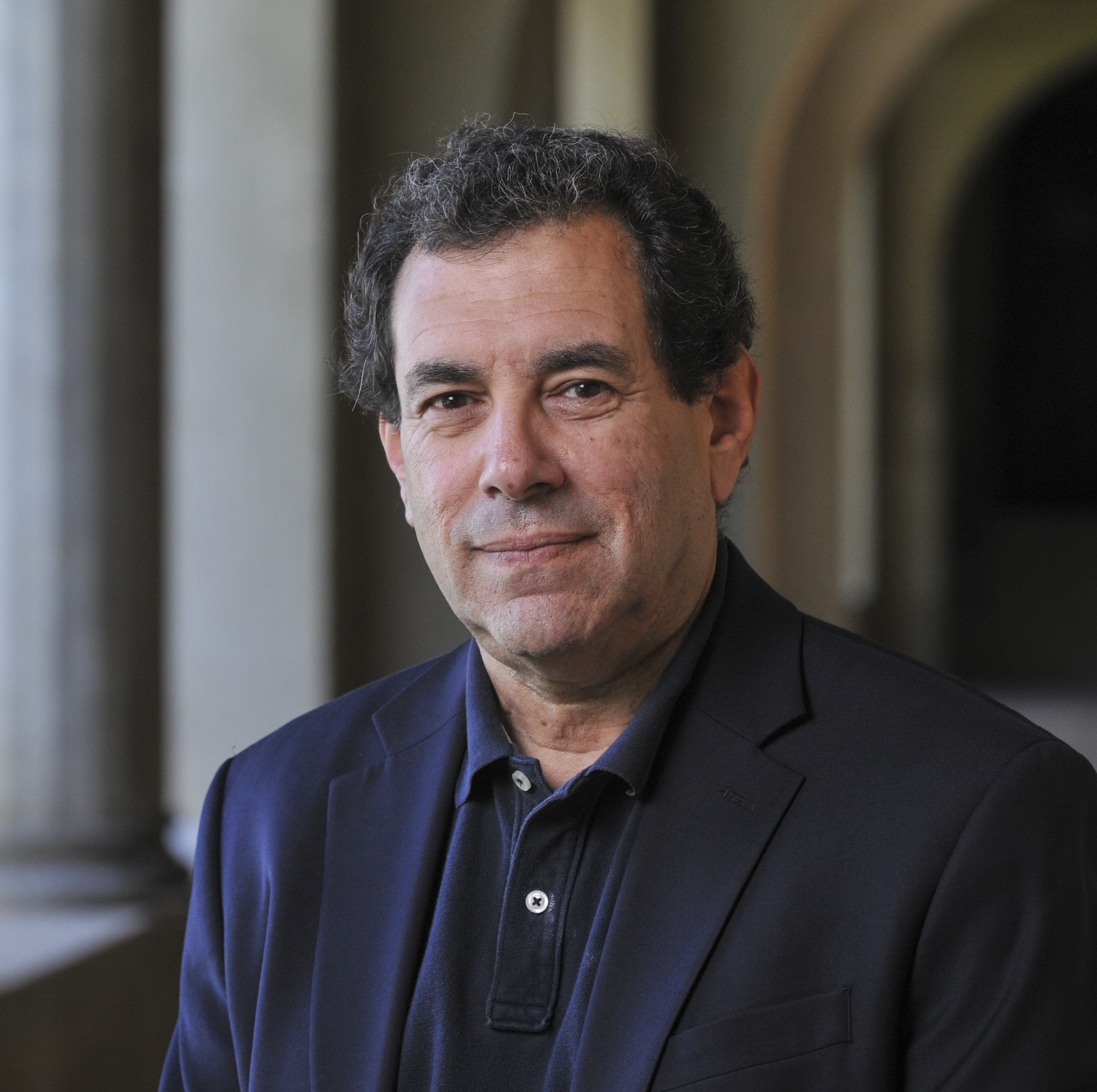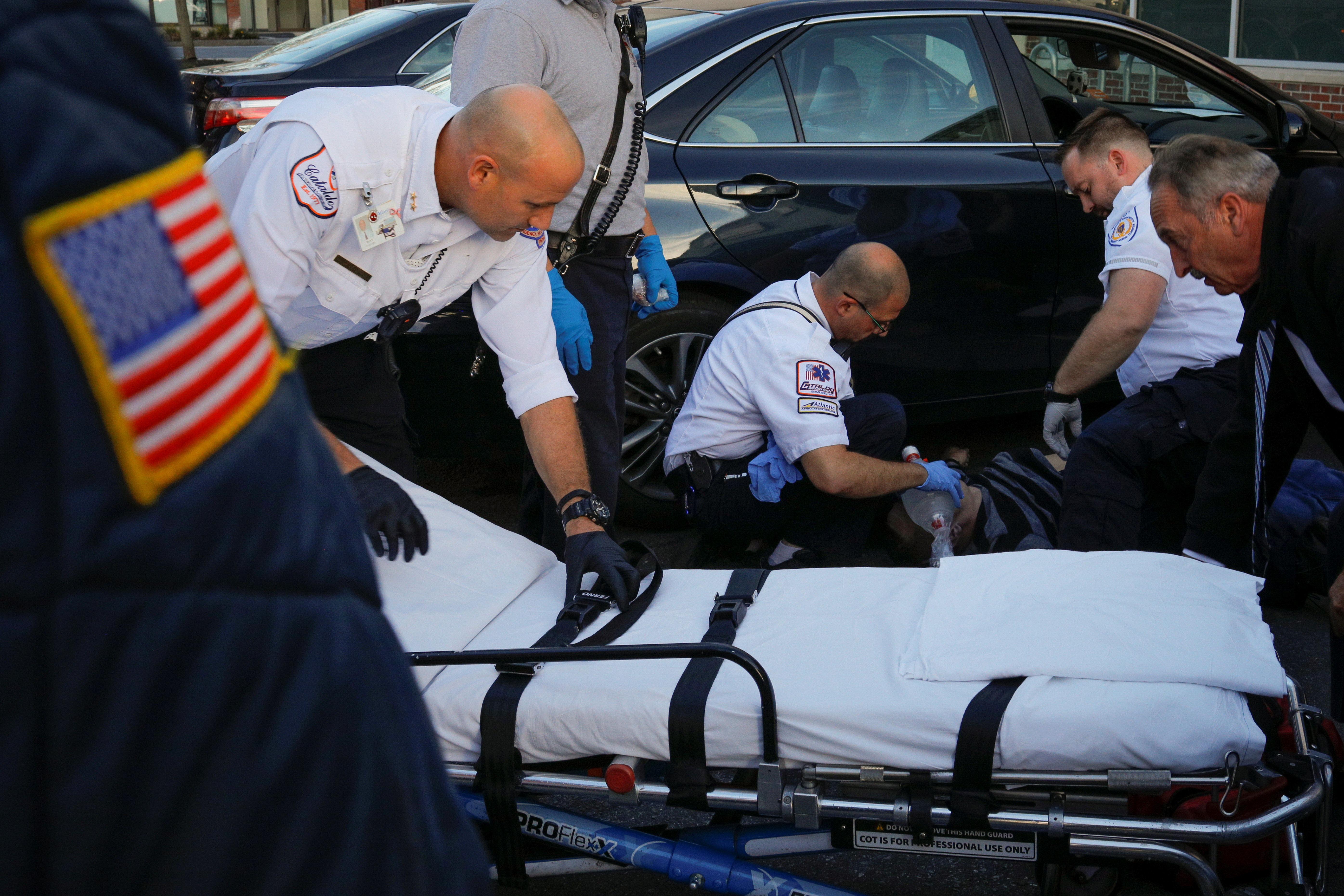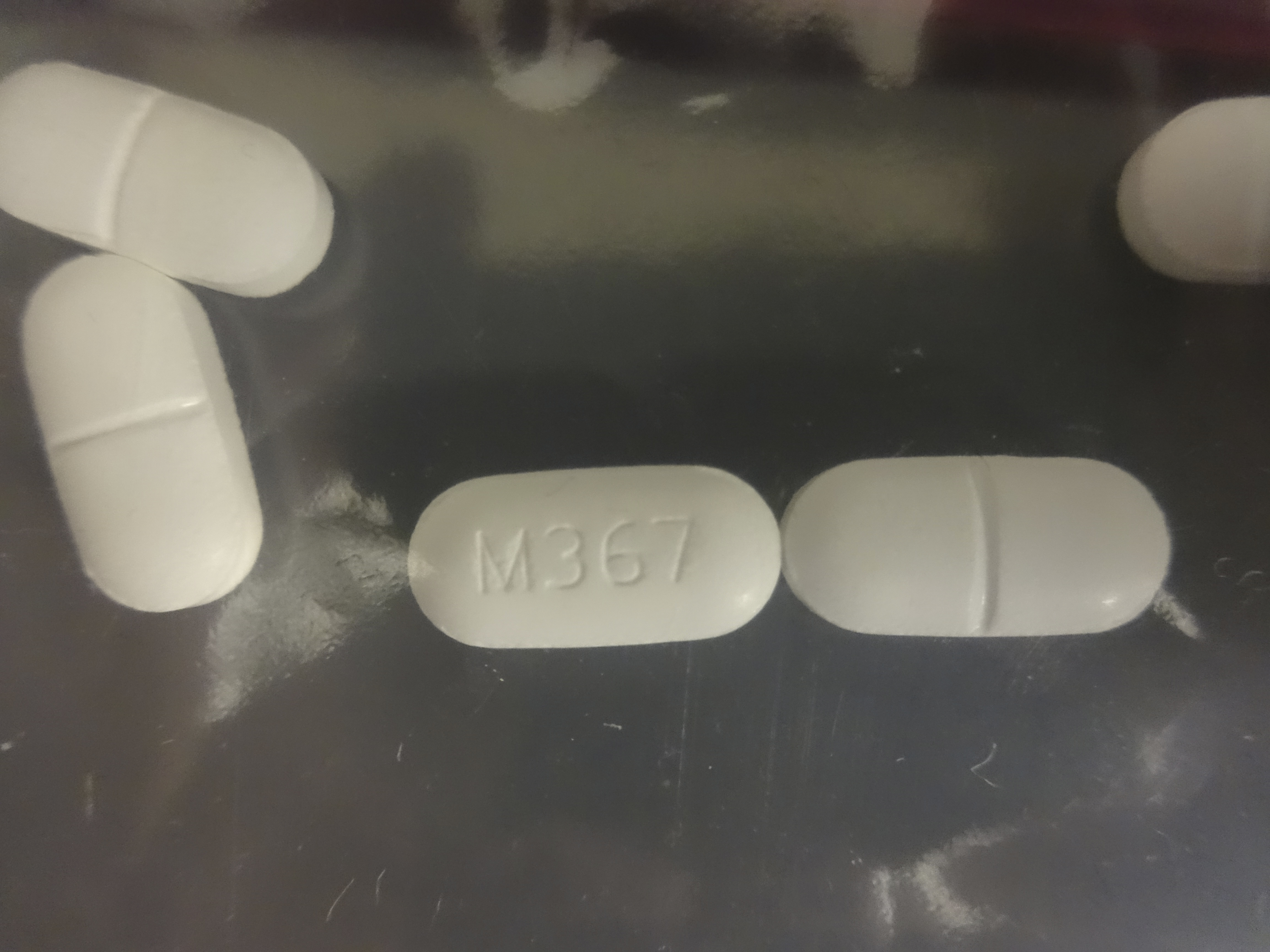

Rosalie Liccardo Pacula Elizabeth Garrett Chair in Health Policy, Economics and Law and Professor - Sol Price School of Public Policy, University of Southern California, Senior Fellow - Schaeffer Center for Health Policy and Economics, University of Southern California


Peter Reuter Professor, School of Public Policy and Department of Criminology - University of Maryland

Bradley D. Stein Director, Opioid Policies, Tools, and Information Center (OPTIC); Senior Physician Policy Researcher - RAND Corporation

Paul H. Wise Senior Fellow at the Freeman Spogli Institute for International Studies - Stanford University, Richard E. Behrman Professor of Child Health and Society - Stanford University

As the United States—and the world—reel from the COVID-19 pandemic, the epidemic of opioid use disorder continues to ravage the country. It too has cost the lives of hundreds of thousands of Americans, devastated families and local communities, and exposed critical weaknesses in U.S. drug policy as well as in the health and welfare systems available to our low-income population. 1 Like COVID-19, the opioid crisis also has multiple and complex international dimensions. Moreover, the two blights have become intertwined, with COVID-19 likely exacerbating the opioid epidemic. 2
Since 2000, there have been 400,000 opioid-involved deaths in the U.S, contributing to an historic decline in U.S. life expectancy. 3 Overdose death data only capture part of the epidemic’s damage. Millions of people are having their lives and the lives of their families severely damaged by substance dependence. Opioid use disorder (OUD) puts them at higher risk for various infectious diseases, depression, and suicide. 4 Without adequate treatment, and in some cases even despite receiving treatment, it undermines their capacity to engage in productive economic activity and maintain good family relations, while substance dependence- related behaviors can subject them to criminal prosecution and imprisonment. In 2018, self-reports to a household survey generated an estimate of 2.35 million Americans suffering from OUD, 5 and for many reasons that is likely a substantial underestimate. 6 The opioid epidemic also generates vast national economic and social costs. The U.S. Council of Economic Advisors put the cost at roughly $700 billion, 3.4% of GDP, in 2018. 7
To provide policy options and recommendations for addressing multiple dimensions of the opioid epidemic, the Brookings Institution has brought together some of the United States’ leading experts on drug policy. For over a year, Brookings and external experts undertook a multidisciplinary collaboration to develop new insights and best practices for policy stakeholders at the local, state, and federal levels, as well as for members of the public who are on the front lines of the opioid crisis.
This Brookings opioid project, “The Opioid Crisis in America: Domestic and International Dimensions,” has analyzed policy options for reducing demand, providing treatment, designing regulatory frameworks, and implementing domestic law enforcement and international supply control measures. It has explored local impacts on communities as well as state and federal level responses and international actions. It has paid special attention to vulnerable communities, such as politically and economically disenfranchised Americans, women and children, and military veterans.
Before the project’s findings are introduced, a brief review of how the opioid epidemic has unfolded in the United States and around the world is in order.
 the Boston suburb of Malden, Massachusetts, U.S., October 19, 2017. The man was revived with 4mg of naloxone. REUTERS/Brian Snyder SEARCH "SNYDER OPIOIDS" FOR THIS STORY. SEARCH "WIDER IMAGE" FOR ALL STORIES." />
the Boston suburb of Malden, Massachusetts, U.S., October 19, 2017. The man was revived with 4mg of naloxone. REUTERS/Brian Snyder SEARCH "SNYDER OPIOIDS" FOR THIS STORY. SEARCH "WIDER IMAGE" FOR ALL STORIES." />
Vanda Felbab-Brown, Jonathan P. Caulkins, Carol Graham, Keith Humphreys, Rosalie Liccardo Pacula, Bryce Pardo, Peter Reuter, Bradley D. Stein, Paul H. Wise
 the investigation of a rash of fentanyl overdoses in northern California is shown in this Drug Enforcement Administration (DEA) photo released on April 4, 2016. At least 42 drug overdoses in the past two weeks have been reported in northern California, 10 of them fatal, in what authorities on Monday called the biggest cluster of poisonings linked to the powerful synthetic narcotic fentanyl ever to hit the U.S. West Coast. REUTERS/Drug Enforcement Administration/Handout via Reuters FOR EDITORIAL USE ONLY. NOT FOR SALE FOR MARKETING OR ADVERTISING CAMPAIGNS. THIS IMAGE HAS BEEN SUPPLIED BY A THIRD PARTY. IT IS DISTRIBUTED, EXACTLY AS RECEIVED BY REUTERS, AS A SERVICE TO CLIENTS" />
the investigation of a rash of fentanyl overdoses in northern California is shown in this Drug Enforcement Administration (DEA) photo released on April 4, 2016. At least 42 drug overdoses in the past two weeks have been reported in northern California, 10 of them fatal, in what authorities on Monday called the biggest cluster of poisonings linked to the powerful synthetic narcotic fentanyl ever to hit the U.S. West Coast. REUTERS/Drug Enforcement Administration/Handout via Reuters FOR EDITORIAL USE ONLY. NOT FOR SALE FOR MARKETING OR ADVERTISING CAMPAIGNS. THIS IMAGE HAS BEEN SUPPLIED BY A THIRD PARTY. IT IS DISTRIBUTED, EXACTLY AS RECEIVED BY REUTERS, AS A SERVICE TO CLIENTS" />
Jonathan P. Caulkins, Keith Humphreys
 the Boston suburb of Malden, Massachusetts, December 2, 2017. A used syringe was found in the car with the victim, who was revived with 10mg of naloxone. REUTERS/Brian Snyder SEARCH "SNYDER OPIOIDS" FOR THIS STORY. SEARCH "WIDER IMAGE" FOR ALL STORIES. - RC13F461C890" />
the Boston suburb of Malden, Massachusetts, December 2, 2017. A used syringe was found in the car with the victim, who was revived with 10mg of naloxone. REUTERS/Brian Snyder SEARCH "SNYDER OPIOIDS" FOR THIS STORY. SEARCH "WIDER IMAGE" FOR ALL STORIES. - RC13F461C890" />
Demographics & Population The role of despair in the opioid crisis: Lessons from the science of well-being